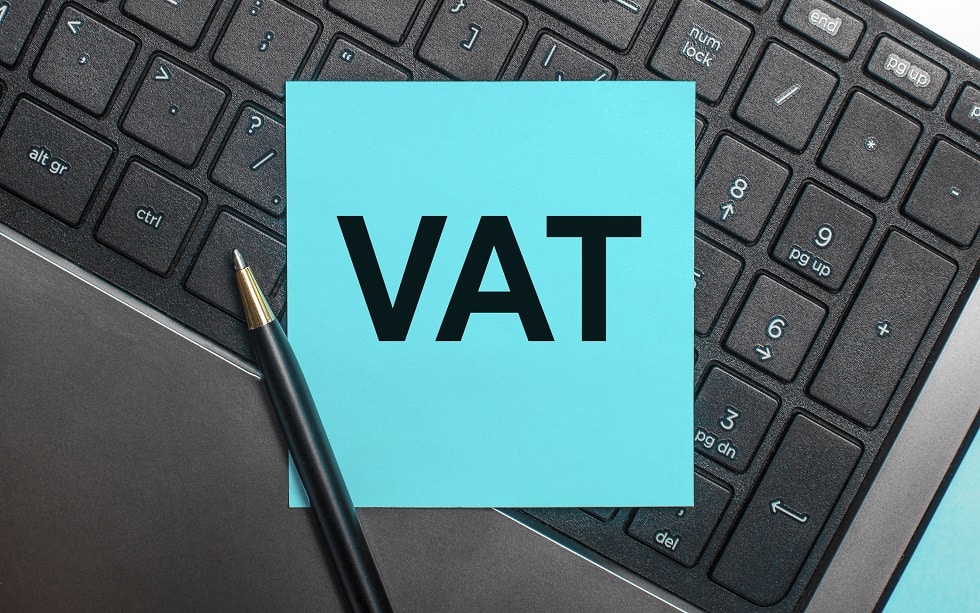As a small business owner, managing your VAT can be a complex and time-consuming task. However, there’s a solution that might make your life easier: the VAT Flat Rate Scheme. In this article, we’ll explore what this scheme is, how it works, and whether it could be beneficial for your business.
What is the VAT Flat Rate Scheme?
The VAT Flat Rate Scheme is an alternative method for calculating VAT designed to simplify the process for small businesses. Instead of calculating VAT on every individual purchase and sale, businesses pay a fixed percentage of their gross turnover as VAT to HMRC.
How Does it Work?
Under the Flat Rate Scheme, you charge VAT to your customers at the standard rate (currently 20% in the UK). However, when it comes to paying VAT to HMRC, you pay a lower, fixed percentage of your gross turnover. This percentage varies depending on your industry, ranging from 4% to 16.5%.
For example, if you’re an online retailer with a flat rate of 7.5%, and your quarterly turnover (including VAT) is £30,000, you would pay £2,250 to HMRC instead of calculating VAT on each individual sale and purchase.
It’s worth noting that there’s a limit for joining the flat rate scheme. Your VAT taxable turnover must be £150,000 or less (excluding VAT) to join the scheme.
An additional benefit for new members of the scheme is a 1% discount on the flat rate in the first year of VAT registration. For instance, if your sector’s flat rate is 7.5%, you would only pay 6.5% in your first year on the scheme. This can provide a significant saving for new businesses in their crucial early stages.
VAT Flat Rate Scheme Eligibility
To be eligible for the VAT Flat Rate Scheme, your business must:
- Be VAT-registered
- Have an expected taxable turnover of £150,000 or less (excluding VAT) in the next 12 months
- Not have been convicted of a VAT offence or charged a penalty for VAT evasion in the last 12 months
Turnover Limits for Leaving the VAT Flat Rate Scheme
While the entry threshold for the scheme is £150,000, the exit threshold is higher. You must leave the scheme if:
- Your turnover in the last 12 months was more than £230,000 (including VAT), or
- You expect your turnover in the next 12 months to be more than £230,000 (including VAT)
If you exceed these limits, you must switch to the standard VAT accounting scheme from the beginning of your next VAT accounting period.
Pros and Cons of the VAT Flat Rate Scheme
Pros:
- Simplified VAT accounting
- Potential to pay less VAT (depending on your business type and expenses)
- Reduced administrative burden
Cons:
- May not be beneficial for businesses with high levels of zero-rated sales
- Cannot reclaim VAT on most purchases
- Might pay more VAT than on the standard scheme if you have low overheads
Applying for the VAT Flat Rate Scheme
To join the scheme, you can apply online through your VAT online account or by post using form VAT600 FRS. You can join when you register for VAT or at any time afterwards.
Calculating VAT under the Flat Rate Scheme
To calculate your VAT payment:
- Work out your flat rate turnover (including VAT)
- Multiply this by your sector’s flat rate percentage
For example, if your turnover is £30,000 and your flat rate is 7.5%: £30,000 x 7.5% = £2,250 VAT due
Claiming Back VAT on the Flat Rate Scheme
While you can’t reclaim VAT on your regular purchases under this scheme, there is an exception for capital assets costing £2,000 or more (including VAT). This could include items like computers or machinery.
Worked Example: E-commerce Business
Let’s consider an e-commerce business selling handmade jewellery with a quarterly turnover of £50,000 (excluding VAT). The flat rate for retail businesses not selling food is 7.5%.
Standard VAT Scheme:
- VAT charged on sales: £50,000 x 20% = £10,000
- Assuming £20,000 in VAT-eligible expenses: £20,000 x 20% = £4,000 (reclaimable VAT)
- VAT due to HMRC: £10,000 – £4,000 = £6,000
Flat Rate Scheme:
- Gross turnover: £50,000 + £10,000 (VAT) = £60,000
- VAT due to HMRC: £60,000 x 7.5% = £4,500
In this scenario, the VAT Flat Rate Scheme would save the business £1,500 in VAT payments. However, it’s important to note that this benefit can vary depending on your specific business circumstances, particularly your level of VAT-eligible expenses.
Conclusion
The VAT Flat Rate Scheme can be an excellent way for small businesses to simplify their VAT accounting. However, whether it’s right for your business depends on various factors, including your industry, expenses, and turnover. It’s crucial to carefully consider your options and potentially seek professional advice before making a decision.
If you’re considering the VAT Flat Rate Scheme or need help with any aspect of your e-commerce accounting, we’re here to help. Book a meeting with our expert team today to discuss your specific needs and how we can support your small business growth.
Don’t set sail on the VAT sea alone. As VAT accountants for e-commerce businesses, our service is designed to support and assist your business. Get in touch with us today, and let us chart a course to success together on 01942 725419.

